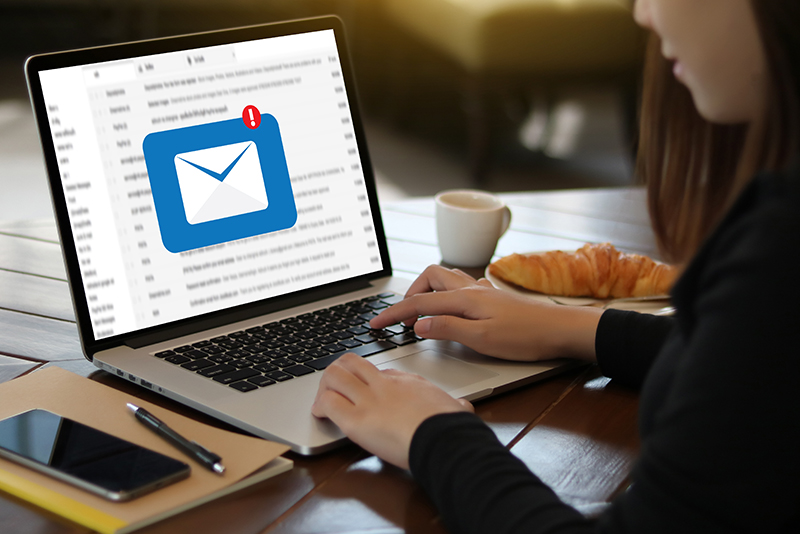
13 Mar Using Email to Upsell: Five Essential Tips
By Gareth Mountain, Head of Sales, Olico
One of the key principles of marketing is that it’s easier to retain a customer than try and find a new one. Closely related to these wise words is the fact that current customers further offer an important opportunity for upselling, especially if you’re using email as a marketing method. Apart from being one of the most cost-effective techniques to send out marketing messages, it’s also an efficient way to ensure an ongoing relationship.
That said, there are a few key things to keep in mind when using email to upsell, with below being the five most important:
- Know your clients
When it comes to email marketing, ‘know your client’ is an adage that can be repeated over and over again. The data you have on clients is invaluable since in an email environment it allows you to not only tailor a marketing message but also customise your mailing list so that no spend is wasted. Apart from regular demographic information (age, income, gender, car, house), it’s also important to know which of your products they already own and which others they’d be suited for. A key indicator is also if the client has actually opened some of your previous mails and read the content.
- Get good at email
Getting the first step right allows you to focus on the message. Let’s face it, there is a lot of email going around, so being able to craft an engaging message is of utmost importance. Top of mind should be a catchy subject line and a first paragraph that draws the customer in. Don’t forget about the call to action – the customer needs to take the next step and you need to let them know exactly what that step is. At the same time, having a “Click here” button on your email is worthless if the landing page on your website leaves them clueless on what to do next.
- Timing is key
As in comedy, timing is everything. When you communicate with clients is just as important as what you are saying. Your upsell messages about other relevant products can be going out as soon as you’ve managed to sell your first package to the client. Knowing when a product of theirs expires, or when clients regularly switch offers, allows you to be front and centre with your message as soon as this happens.
- Build a relationship
While hard-sell emails on a specific product do work, it’s essential to build a relationship with your clients. You can build trust through emails that provide helpful information about your clients’ existing products, or educational articles around products that may interest them. Keeping clients engaged is key, so mixing up your messages is always a good move. One easy way to do this is by sending out a competition every so often with a decent prize up for grabs. This allows you to monitor user engagement and can be a good way to receive further data about the client if they need to answer certain questions.
- Not all your emails are going to work
Not all your messages are going to get traction; that doesn’t mean that they’re not working. In many cases, the recipient might just not be in a position to buy or upgrade just yet. I receive regular marketing emails from a wine merchant which I rarely click on. But when I need wine delivered, I do know where to go. The same applies to your clients: they might not want to upgrade now, but as time passes, their situation can change. They might get a raise, move to a new house, or be expecting a baby, and when their needs change, your regular mails will be there when the time comes.
Bonus Tip: The importance of opting in
With the Protection of Personal Information Act (PoPI) looming, it’s essential that new clients must opt in for your marketing messages. Every contact point your company has with clients – from your sales team through to your call centre – must incorporate efforts to get clients to sign up for further marketing messages. Remember, your future emailing list depends on this.



Sorry, the comment form is closed at this time.